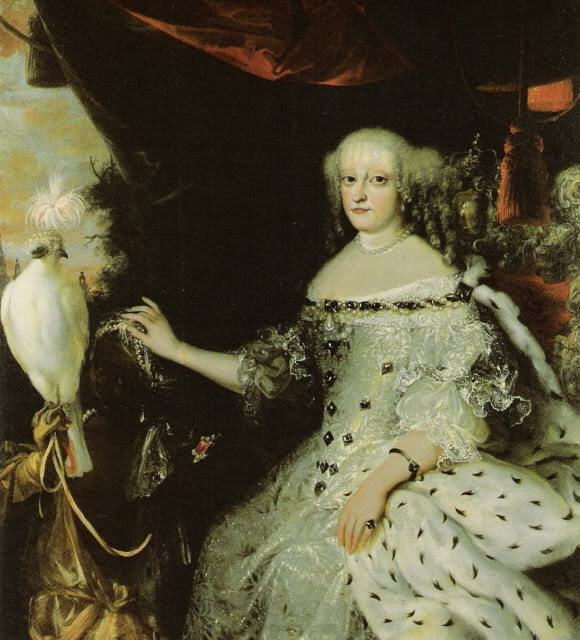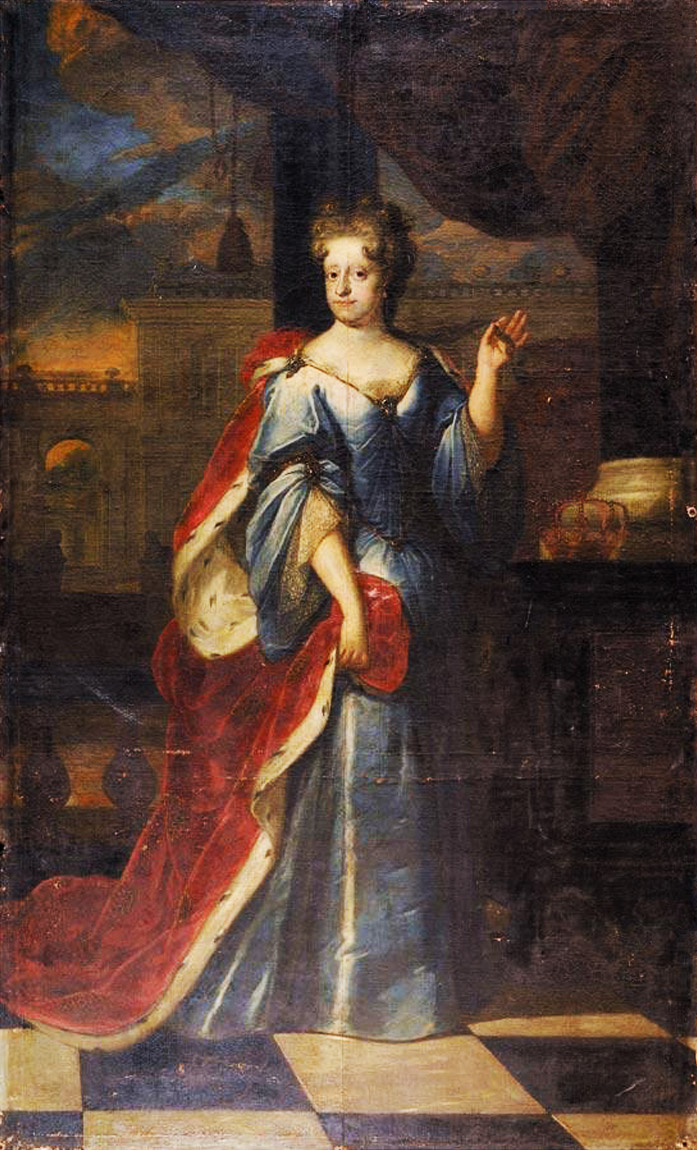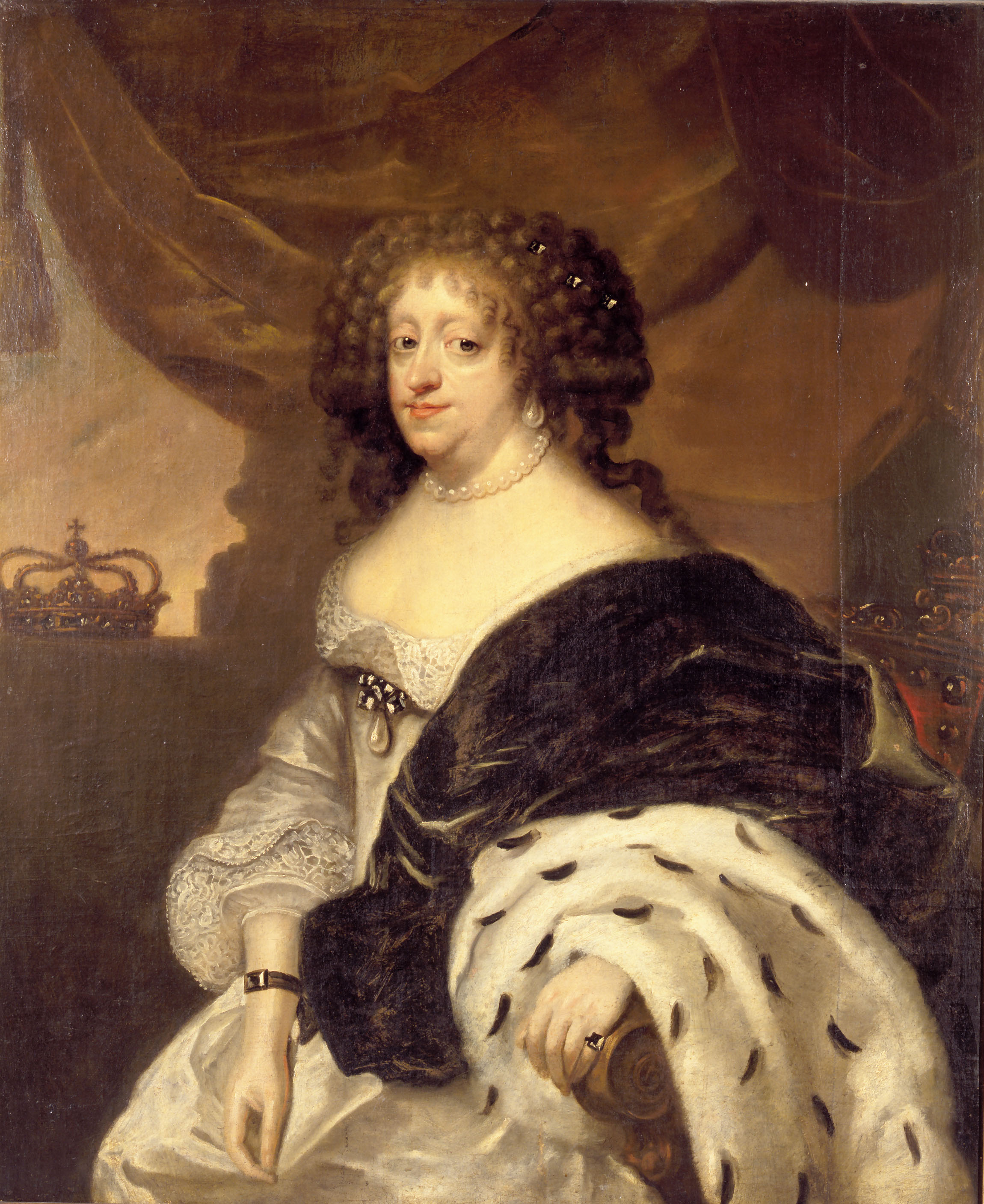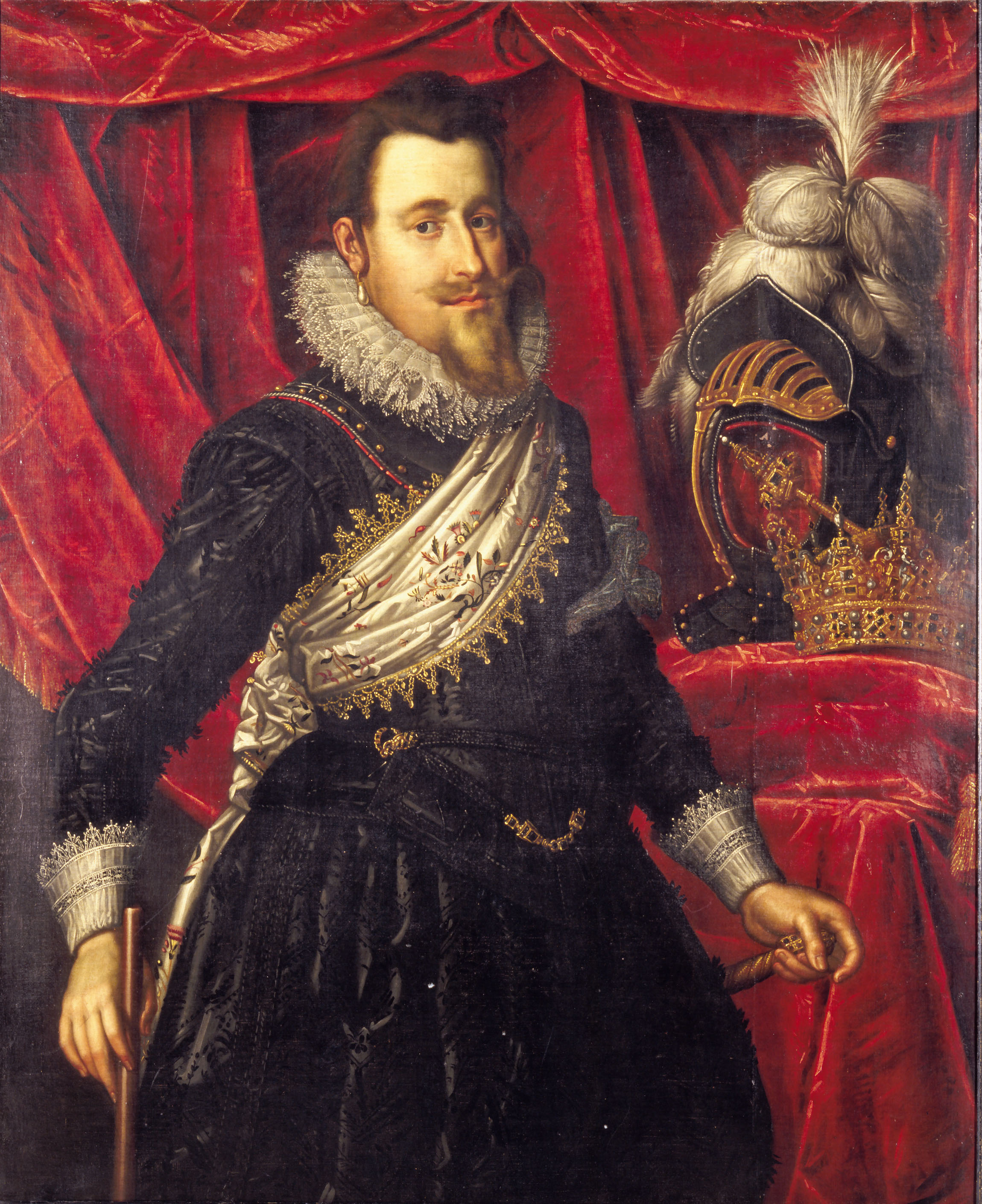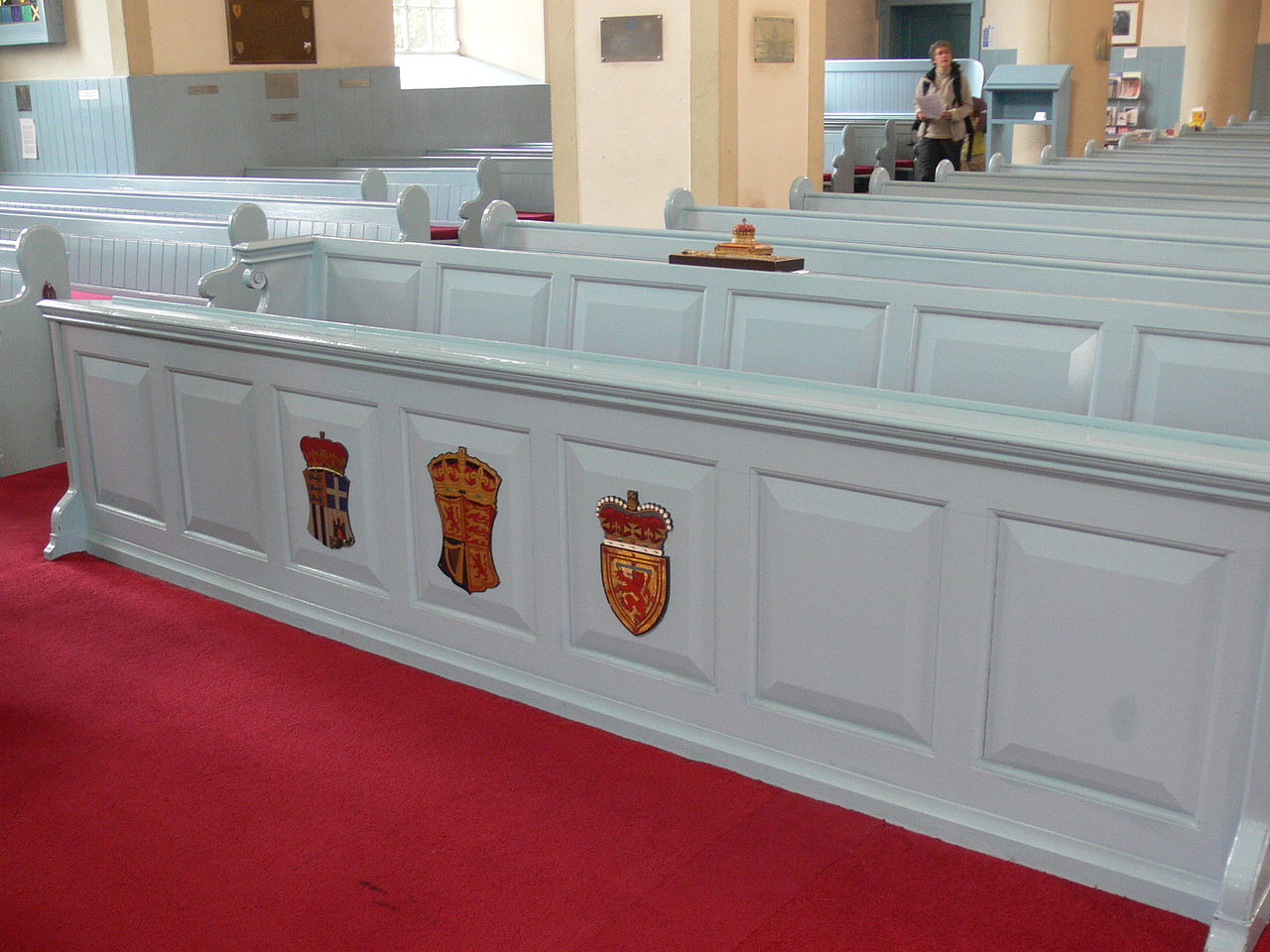by Susan Flantzer
© Unofficial Royalty 2021

Archduke Karl Ludwig of Austria; Credit – Wikipedia
Karl Ludwig Joseph Maria was born on July 30, 1833, at Schönbrunn Palace in Vienna, Austria. He was the third of the fours sons and the third of the five children of Archduke Franz Karl of Austria, son of Emperor Franz I of Austria and the second of his four wives Maria Theresa of Naples and Sicily, and Sophie of Bavaria, daughter of King Maximilian I Joseph of Bavaria and his second wife Caroline of Baden.

Karl Ludwig and his brothers: (Left to Right) Karl Ludwig, Franz Joseph, Maximilian, and Ludwig Viktor; Credit – Wikipedia
Karl Ludwig had four siblings:
- Franz Joseph I, Emperor of Austria (1830 – 1916), married Elisabeth of Bavaria, had three daughters and one son
- Maximilian, Archduke of Austria, Emperor of Mexico (1832 – 1867), married Princess Charlotte of Belgium, no children
- Maria Anna, Archduchess of Austria (1835 – 1840), died in childhood from an epileptic seizure
- Ludwig Viktor, Archduke of Austria (1842 – 1919), unmarried
Karl Ludwig’s mother ensured he was raised as a very devout Roman Catholic. As a result, he developed religious mania in his later years. In 1855, Karl Ludwig’s brother Emperor Franz Joseph appointed him the Governor of Tyrol. However, he gave up the position in 1861, when the new constitution made the minister of the interior his supervisor. Karl Ludwig thought it was inappropriate for a member of the imperial family to be placed in such a situation. He was more interested in art than politics and the military served as the patron of several artists’ associations, and enjoyed hosting balls and charity events.

Karl Ludwig’s first wife and first cousin Margaretha of Saxony; Credit – Wikipedia
Karl Ludwig’s mother Sophie was rather domineering and chose all three of his wives, although she died shortly before his third wedding. He married his first cousin Margaretha of Saxony (1840–1858), daughter of King Johann of Saxony and his mother’s sister Amalie Auguste of Bavaria, on November 4, 1856. The marriage was happy but childless and Margaretha died from typhoid fever while on a trip to Italy on September 15, 1858.
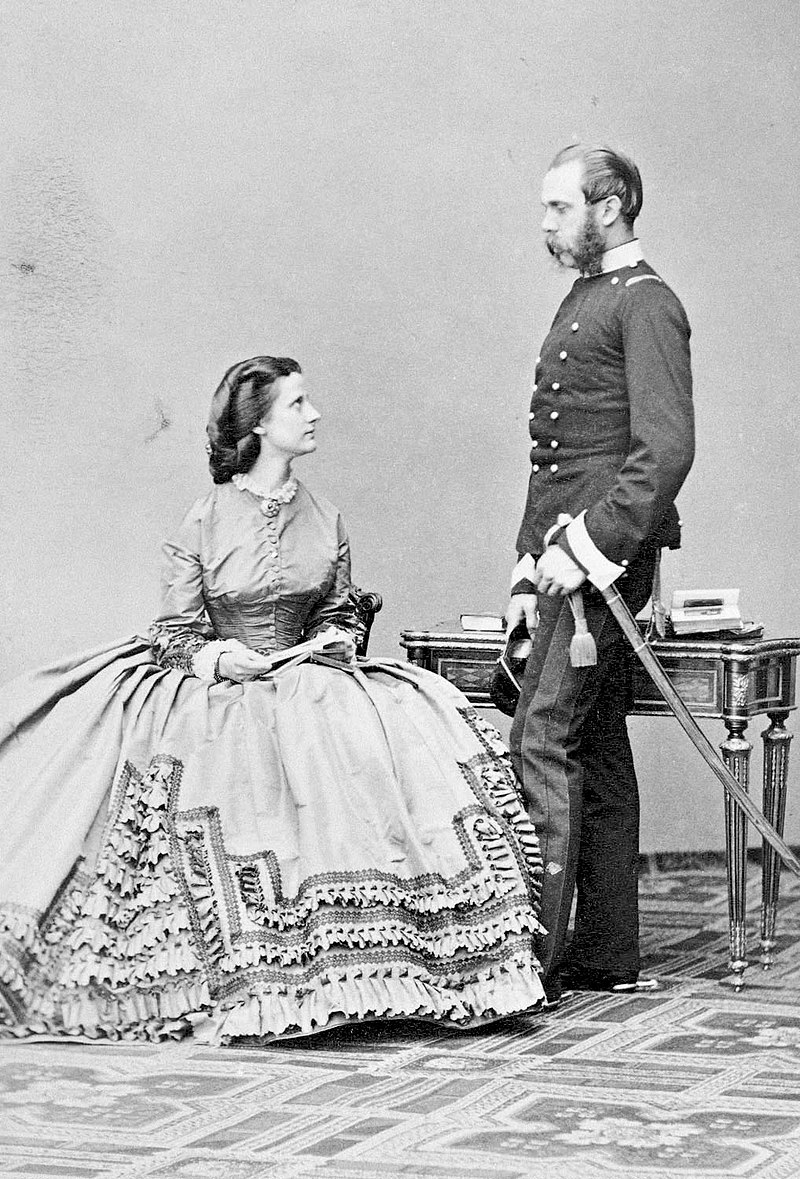
Karl Ludwig and his second wife Maria Annunciata; Credit – Wikipedia
Sophie then picked Maria Annunciata of Bourbon-Two Sicilies, daughter of Ferdinando II, King of the Two Sicilies and Maria Theresa of Austria, to be her next daughter-in-law. Karl Ludwig and Maria Annunciata married on October 21, 1862. The marriage lasted only eight-and-a-half years as Maria Annunciata died from tuberculosis on May 4, 1871. Karl Ludwig and Maria Annunciata had four children including Archduke Franz Ferdinand, the eventual heir to the Austrian throne whose assassination in 1914 sparked World War II:
- Archduke Franz Ferdinand of Austria (1863 – 1914), married morganatically Countess Sophie Chotek von Chotkow und Wognin, had two sons and one daughter
- Archduke Otto Franz of Austria (1865 – 1906), married Maria Josepha of Saxony, had two sons, including Karl I, the last Emperor of Austria
- Archduke Ferdinand Karl of Austria (1868 – 1915), married morganatically Bertha Czuber, no children
- Archduchess Margarete Sophie of Austria (1870 – 1902) married Albrecht, Duke of Württemberg, had seven children

Karl Ludwig and his third wife Maria Theresa; Credit – Wikipedia
Sophie’s last pick of a wife for Karl Ludwig was Maria Theresa of Portugal (1855 – 1944), daughter of the deposed King Miguel I of Portugal and Adelaide of Löwenstein-Wertheim-Rosenberg. The 17-year-old Maria Theresa married the 39-year-old Karl Ludwig on July 23, 1873, and had two daughters. Maria Theresa survived Karl Ludwig by 48 years, dying on February 12, 1944, at the age of 88.
- Archduchess Maria Annunciata of Austria (1876 – 1961), unmarried
- Archduchess Elisabeth Amalie of Austria (1878 – 1960), married Prince Aloys of Liechtenstein, had eight children

The Execution of Emperor Maximilian of Mexico by Edouard Manet; Credit – Wikipedia
Through the machinations of Napoleon III, Emperor of the French, Karl Ludwig’s second elder brother Maximilian became Emperor of Mexico. The Liberal forces led by Mexican President Benito Juarez refused to recognize him as Emperor. Three years later, Maximilian was taken into custody. He was court-martialed, sentenced to death, and executed by a firing squad. Karl Ludwig’s eldest brother Emperor Franz Joseph had only one son, Crown Prince Rudolf and now, Karl Ludwig was the second in the line of succession.

Karl Ludwig’s nephew Crown Prince Rudolf of Austria; Credit – Wikipedia
In 1889, Crown Prince Rudolf died by suicide at his hunting lodge Mayerling. Rudolf, the only son of Emperor Franz Joseph, had no sons, so the succession passed to Emperor Franz Joseph’s brother Karl Ludwig and his eldest son Franz Ferdinand. There have been suggestions that Karl Ludwig renounced his succession rights in favor of his son Franz Ferdinand. However, an act of renunciation was never formally signed and Karl Ludwig was never officially designated heir to the throne. He was only three years younger than Franz Joseph and not a realistic choice.

Karl Ludwig; Credit – Wikipedia
Karl Ludwig’s religious mania increased as he aged, and it ultimately caused his death. It was a common sight to see him bless pedestrians from his carriage as he traveled through the streets of Vienna. On May 19, 1896, at the age of 62, Karl Ludwig died from typhoid fever at Schönbrunn Palace in Vienna. His death occurred shortly after returning from a trip to Palestine. Allegedly, he developed typhoid fever after drinking contaminated water from the Jordan River in an episode of religious mania. Karl Ludwig was buried in the New Crypt in the Imperial Crypt at the Capuchin Church in Vienna, Austria, the traditional burial site of the House of Habsburg.

The New Crypt in the Imperial Crypt at the Capuchin Church in Vienna, Austria; Credit – By Dennis Jarvis from Halifax, Canada – Austria-00835 – Casket Room, CC BY-SA 2.0, https://commons.wikimedia.org/w/index.php?curid=66921958
This article is the intellectual property of Unofficial Royalty and is NOT TO BE COPIED, EDITED, OR POSTED IN ANY FORM ON ANOTHER WEBSITE under any circumstances. It is permissible to use a link that directs to Unofficial Royalty.
Works Cited
- De.wikipedia.org. 2021. Karl Ludwig von Österreich – Wikipedia. [online] Available at: <https://de.wikipedia.org/wiki/Karl_Ludwig_von_%C3%96sterreich> [Accessed 9 June 2021].
- En.wikipedia.org. 2021. Archduke Karl Ludwig of Austria – Wikipedia. [online] Available at: <https://en.wikipedia.org/wiki/Archduke_Karl_Ludwig_of_Austria> [Accessed 9 June 2021].
- Van der Kiste., John, 2005. Emperor Francis Joseph: Life, Death and the Fall of the Habsburg Empire. London: Sutton Publishing.
- Wheatcroft, Andrew, 1997. The Habsburgs. London: Penguin Books.









